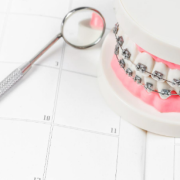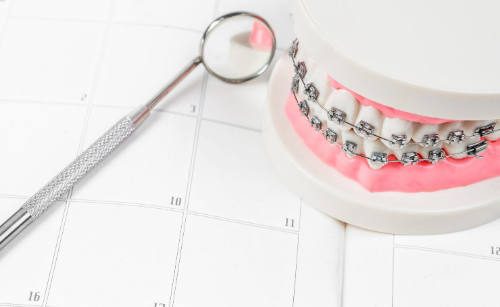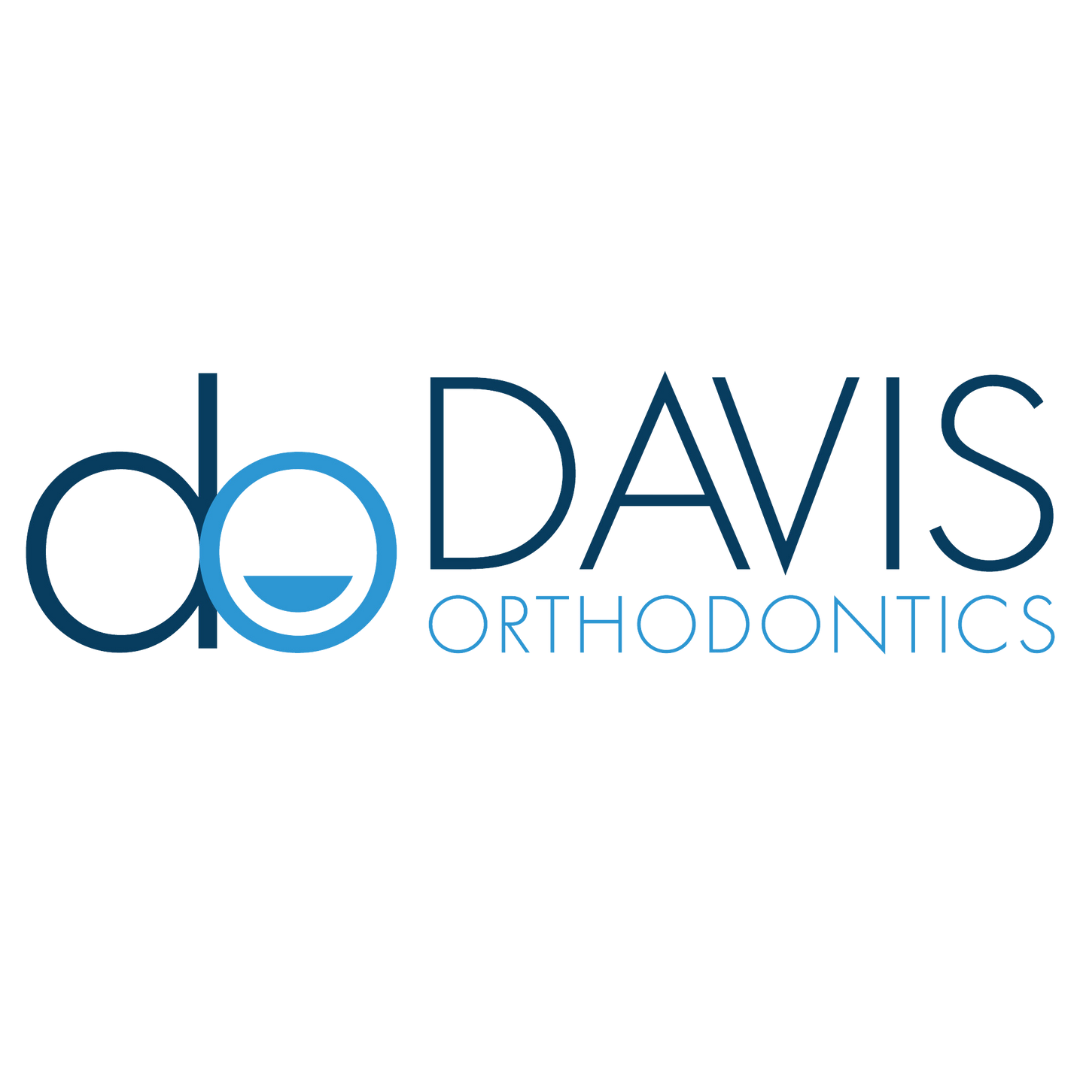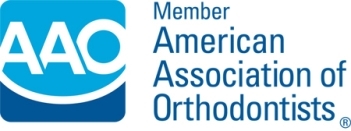“But everyone is doing it!”
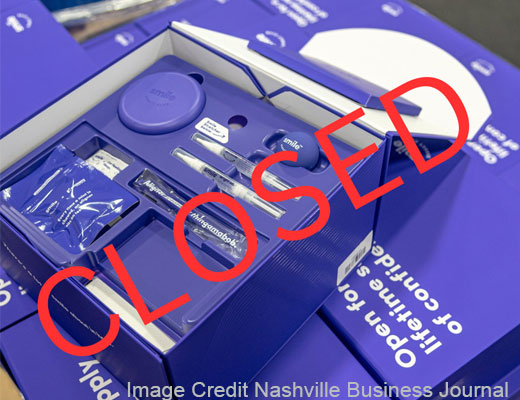
You have probably heard the name of at least one of these mail order aligners or as they call it “‘Invisible Braces”. These companies boast “straight teeth in as little as six months,” and claim it’s “cheap, fast, and effective.”
DIY aligners through one of these companies typically involves taking an impression of your teeth from an at-home kit or snapping photos of your smile. From these, clear aligners and a treatment plan are created. You then undergo treatment without the inconvenience of in-person appointments and everything is remote. While it sounds promising, is it too good to be true? Hate to break it to you, but oftentimes it is.
Unfortunately, many patients that opt for the DIY route often have not seen a dentist or an orthodontist and put themselves at risk for injury to their teeth, bite, and jaw. Combine that with the fact that there is no direct supervision while in treatment, it creates the potential for oral disaster.
When teeth are moved incorrectly or too quickly it can result in bite misalignment which can lead to more problems than a wonky smile such as nerve damage, neck and jaw strain, and migraines. Consequently, if there is gum disease or tooth decay, you can break teeth or cause irreparable damage such as root resorption or bone loss.
Many of these DIY orthodontics companies state they have a network of dentists and orthodontists to oversee your treatment and you are supposed to send photos of your teeth every three months so that they can monitor your progress. But A LOT can happen in three months, and a photo does not give a complete picture of oral health and progress.
Furthermore, there is no real way to hold these companies accountable if there are issues or there need to be changes to your treatment such as a refinement to get the desired results. Most of these companies place the responsibility of a patient’s treatment on the designated doctor. What if the doctor never responds to your concerns? It’s like asking a telehealth doctor to diagnose a broken bone, send you a cast, and have you set the break. It’s just too much room for error.
When it comes to something as important as my smile, oral health, and the ability to enjoy meals, let’s leave it to the professionals.
For more articles on the closing of Smile Direct Club, please visit the news articles below:
https://www.bbc.com/news/business-67675431
https://www.nytimes.com/2023/12/09/business/smiledirectclub-shutting-down-liquidation.html
https://www.cnn.com/2023/12/09/business/smiledirectclub-shutdown-bankruptcy/index.html




